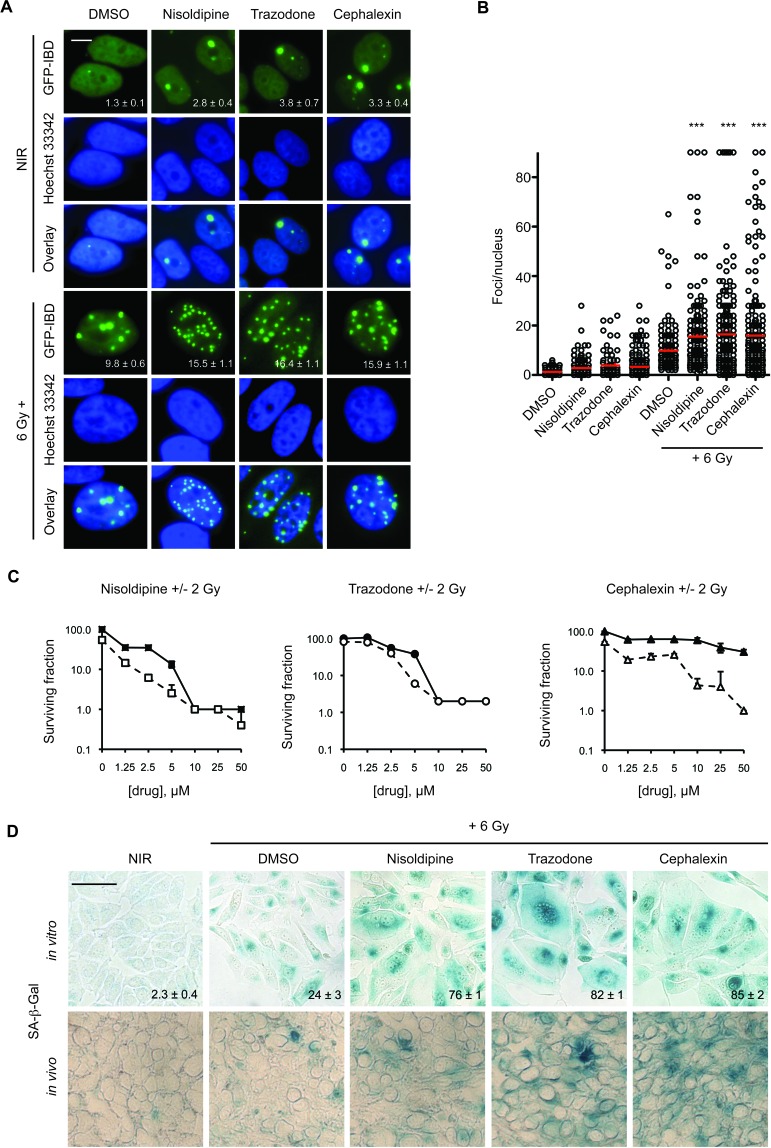Figure 1. Candidate radiosensitizers induce IRIF persistence, cellular senescence and reduced colony formation in MCF7GFP-IBD cells.
A. Nisoldipine, trazodone and cephalexin block IRIF resolution in MCF7GFP-IBD cells. Cells were treated with 10 μM drug or vehicle for 1 hour prior to IR with 6 Gy. Shown are representative images of non-irradiated cells and 24 hours post IR (GFP-IBD green stain; Hoescht 33342 blue nuclear stain). Foci number per nucleus is reported as mean ± SEM. Scale bar, 10 μm. B. Cells were treated as in Figure 1A. Plots of IRIF per nucleus in individual cells are shown, the red bar indicates mean ± SEM. ***, p ≤ 0.001 (Mann-Whitney test relative to 6 Gy). C. Nisoldipine, trazodone and cephalexin suppress colony formation in MCF7GFP-IBD cells. Representative data from 3 experiments is shown. Solid symbols represent drug alone, open symbols represent drug + 2 Gy. The percent of treatment control ± SEM is reported. D. Nisoldipine, trazodone and cephalexin induce cellular senescence in irradiated MCF7GFP-IBD cells and in tumor xenografts. Cells were treated with drug + 6 Gy. Senescence induction was evaluated by SA-β-Gal (blue) staining 5 days post treatment. Percent of SA-β-Gal positive cells are shown and expressed as mean ± SEM (upper panel). Enhanced senescence was also observed in MCF7GFP-IBD tumor tissue sections harvested 5 days post treatment with drug + 6 Gy (lower panel). Scale bar 50 μm.

